The image of point P when viewed from top of the slabs will be
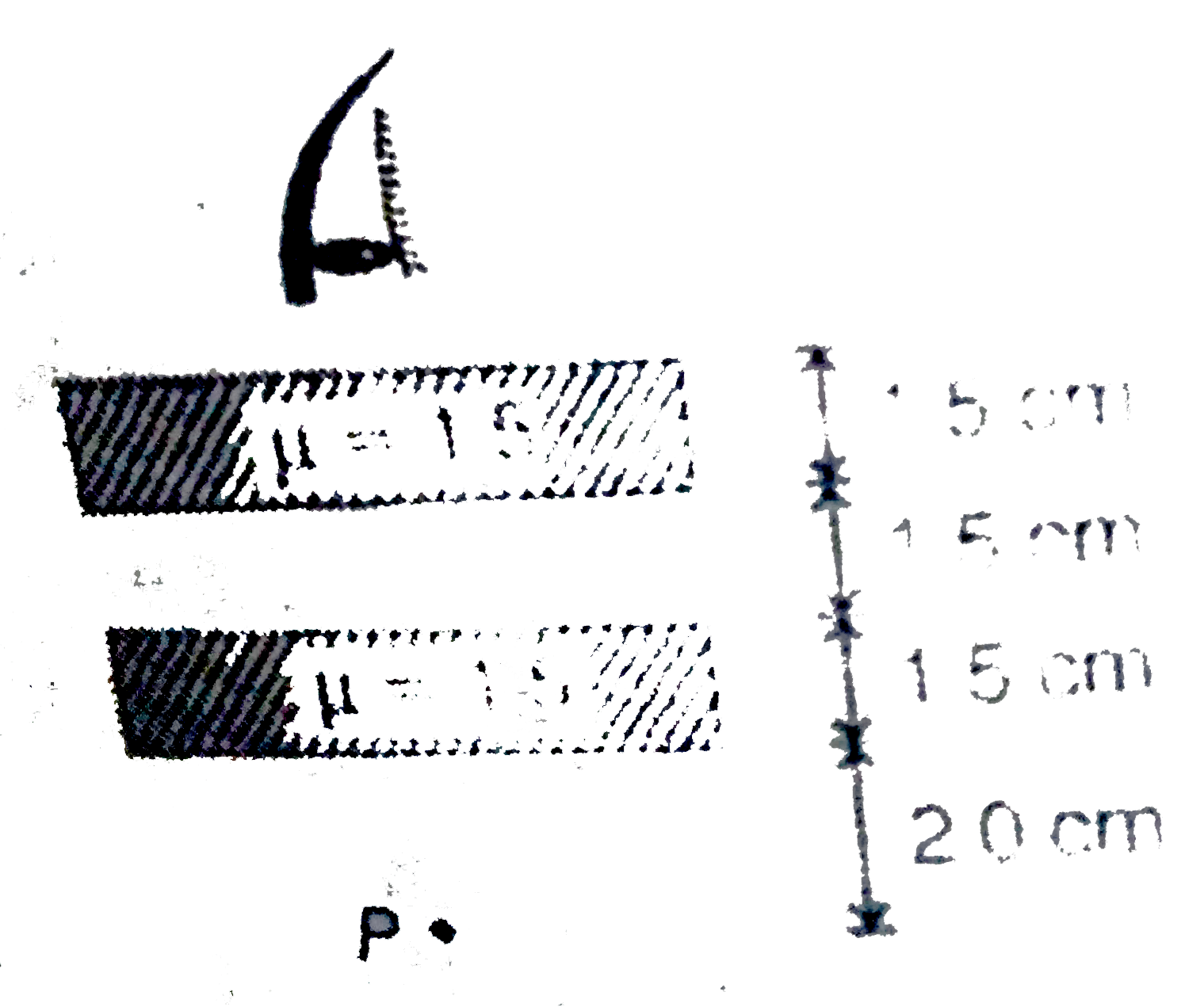
2.0 cm above P
1.5 cm above P
2.0 cm below P
1 cm above P
The correct Answer is:D
Step by step video, text & image solution for The image of point P when viewed from top of the slabs will be by Physics experts to help you in doubts & scoring excellent marks in Class 11 exams.
Updated on:21/07/2023Topper's Solved these Questions
- RAY OPTICSBOOK - DC PANDEYCHAPTER - RAY OPTICSEXERCISE - A. Only one option is correct (JEE Advance)
73 Videos
- RAY OPTICSBOOK - DC PANDEYCHAPTER - RAY OPTICSEXERCISE - B. More than one option is correct
20 Videos
- PROPERTIES OF MATTERBOOK - DC PANDEYCHAPTER - PROPERTIES OF MATTEREXERCISE - Integer
8 Videos
- ROTATIONBOOK - DC PANDEYCHAPTER - ROTATIONEXERCISE - (C) Chapter Exercises
39 Videos
Similar Questions
Knowledge Check
The image of point P when viewd from top of the slabs will be
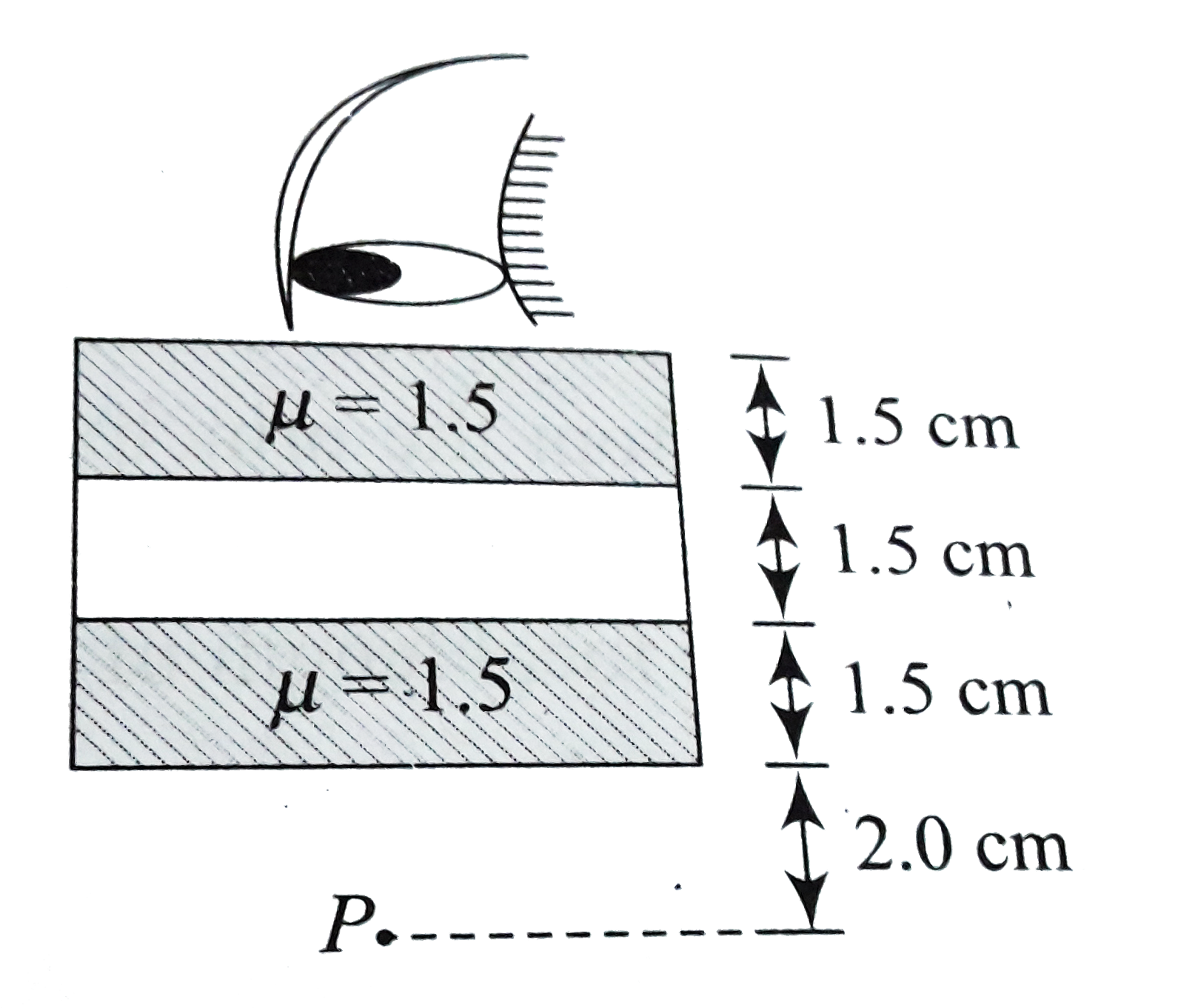 A2.0cm above PB1.5 cm above PC2.0cm below PD1cm above P
A2.0cm above PB1.5 cm above PC2.0cm below PD1cm above PAn air bubble inside a glass slab (µ=1.5) appears 6 cm when viewed from one side and 4 cm when viewed from the opposite side. The thickness of the slab is
A10 cmB6.67 cmC15 cmDNone of theseAn air bubble inside a glass slab (µ=1.5) appears 6 cm when viewed from one side and 4 cm when viewed from the opposite side. The thickness of the slab is
A10 cmB6.67 cmC15 cmDnone of these
A point object is placed at a distance of 20 cm from a glass slab, half immersed in water as shown in figure. The distance between two images when seen from the other side of the slab is (μg=32andμw=43)
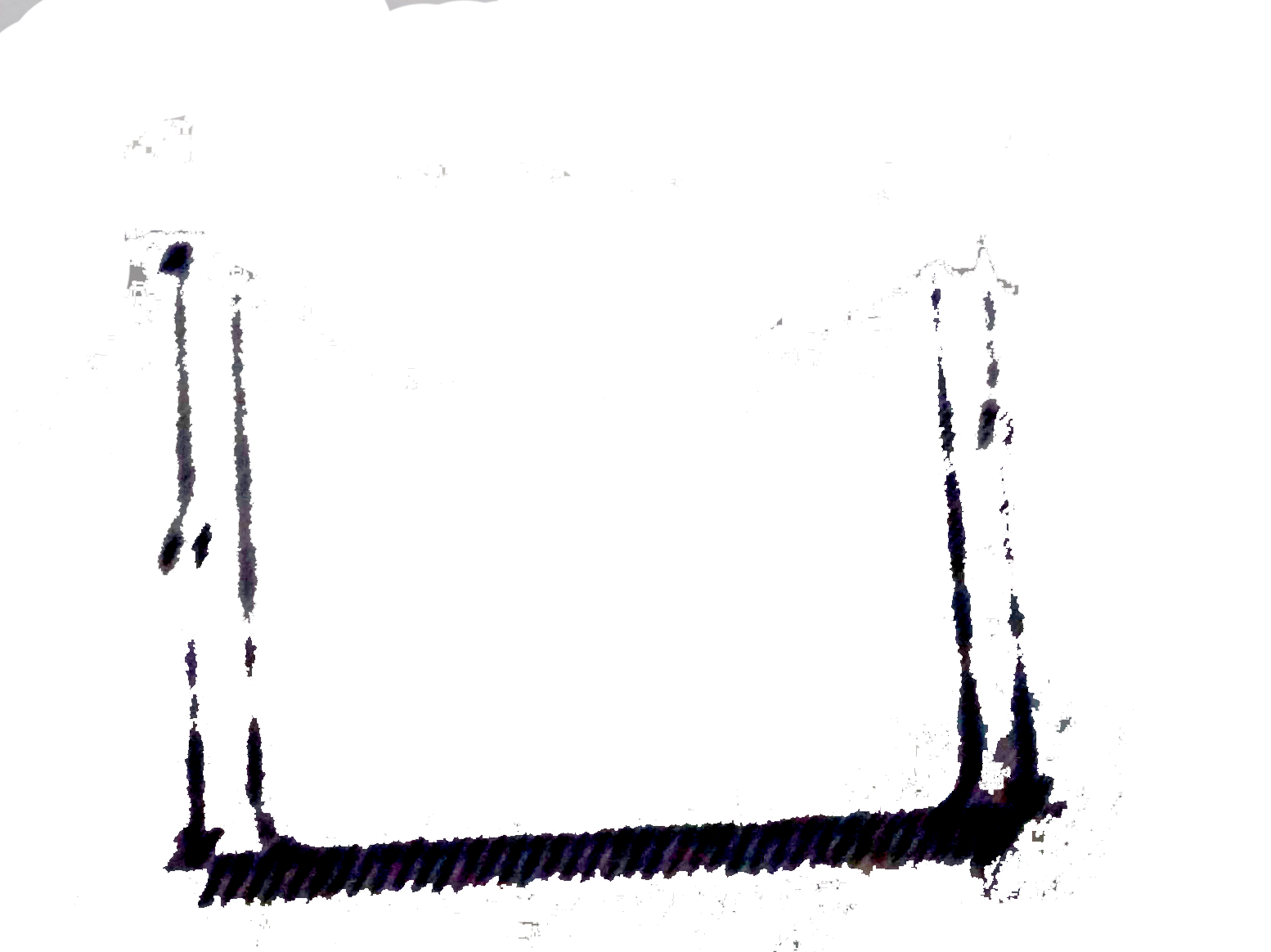
View SolutionAn air bubble in a glass slab with refrctive index 1.5 (near normal incidence ) is 5 cm deep when viewed from one surface and 3 cm deep when viewed from the opposite face, the thickness (in cm) of the slab is
View SolutionThe word ‘’KVPY’’ is written on a board and viewed through different lense such that board is at a distance beyond the focal length of the lens.
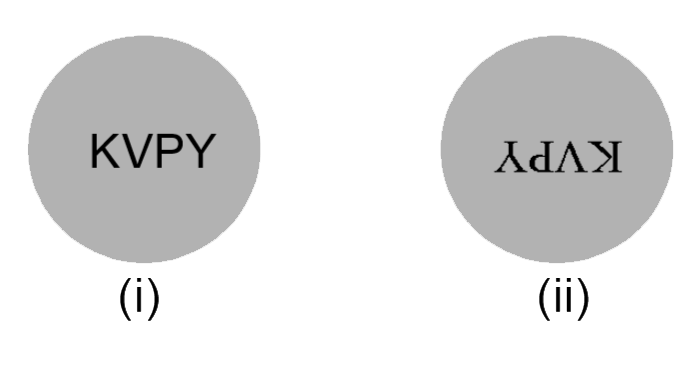
lgnorging magnification effects, consider the following statements
(I) Image (i) has been viewed from the planar side of a plano-convex lens and image (ii) from the planar side of a plano-convex lens.
(II) Image (i) has been viewed from the concave side of a plano-concave lens and image (ii) from the convex side of a plano-convex lens.
(iii) Image (i) has been viewed from the cocave side of a plano-concave lens and image (ii) from the planar side of a plano-convex lens.
(iv) Image (i) has been viewed from the planar side of a plano-concave lens and image (ii) from the convex side of a plano-convex lens.
Which of the above statements are correct ?
View SolutionThe word ‘’KVPY’’ is written on a board and viewed through different lense such that board is at a distance beyond the focal length of the lens.
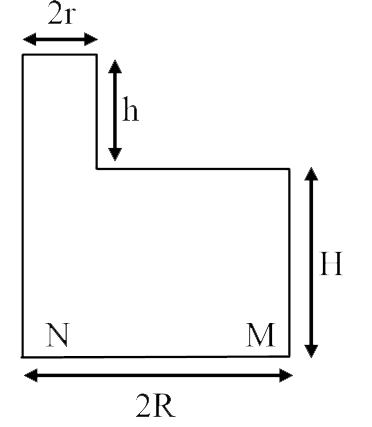
lgnorging magnification effects, consider the following statements
(I) Image (i) has been viewed from the planar side of a plano-convex lens and image (ii) from the convex side of a plano-convex lens.
(II) Image (i) has been viewed from the concave side of a plano-concave lens and image (ii) from the planar side of a plano-convex lens.
(iii) Image (i) has been viewed from the cocave side of a plano-concave lens and image (ii) from the planar side of a plano-convex lens.
(iv) Image (i) has been viewed from the planar side of a plano-concave lens and image (ii) from the convex side of a plano-convex lens.
Which of the above statements are correct ?
View SolutionAn air bubble in a glass slab with refractive index 1.5 (near normal incidence) is 5cm deep when viewed from one surface and 3cm deep when viewed from the opposite face. The thickness (in cm) of the slab is
View Solution
